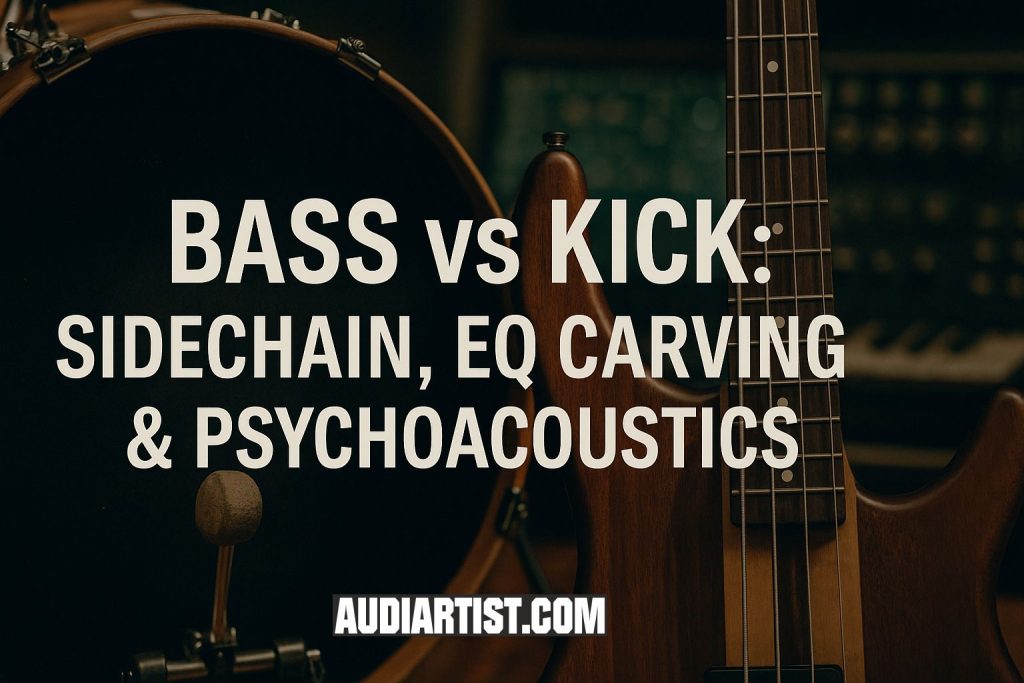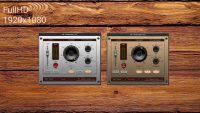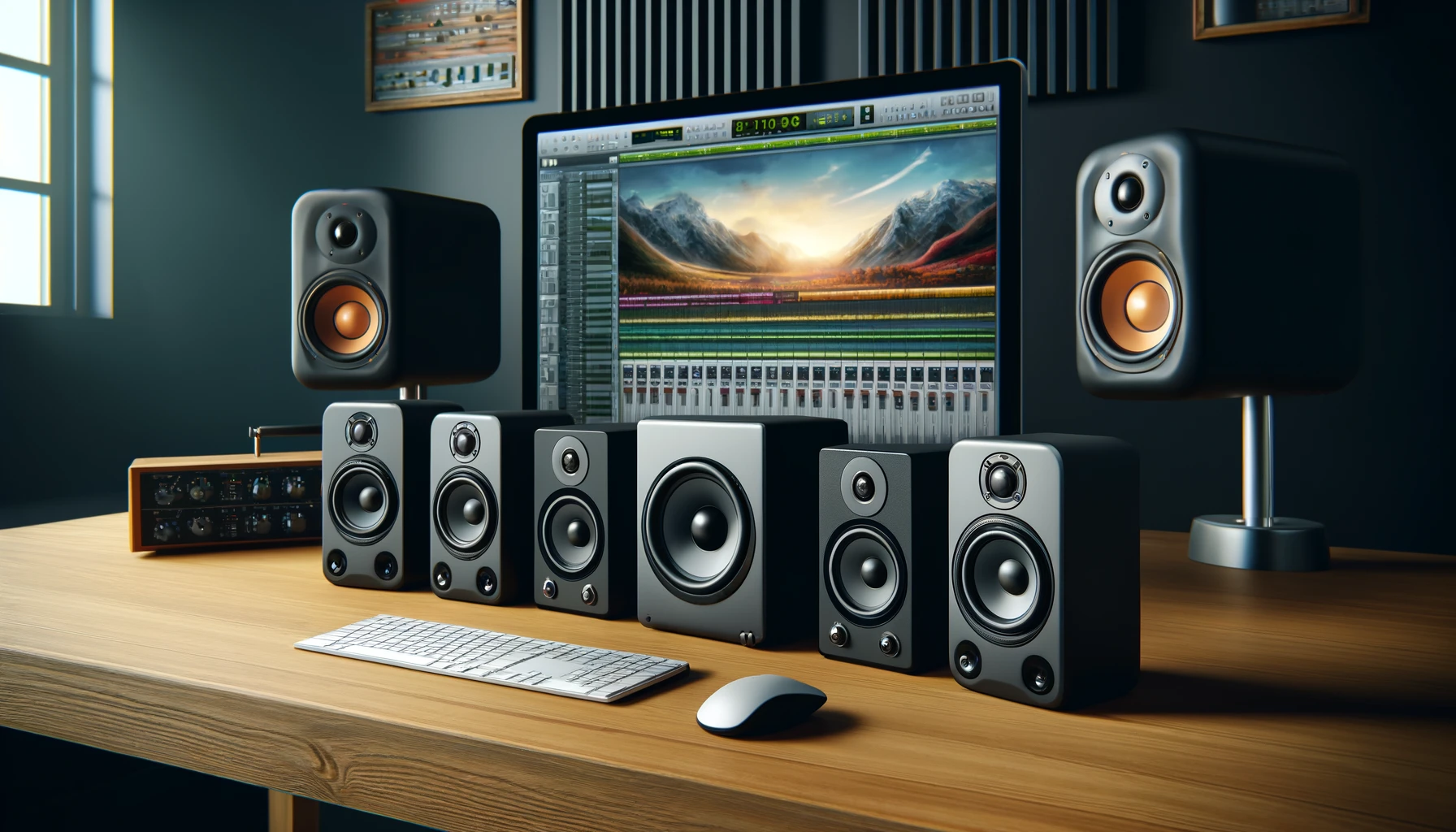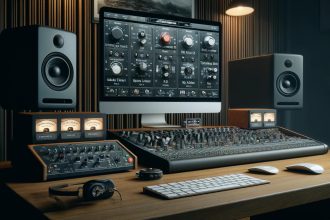In every genre of modern music — from house and techno to pop and trap — the relationship between the kick and the bass defines the foundation of your mix. Yet, it’s also one of the hardest dynamics to get right. When the two collide, your low end turns to mud. When they complement each other, your track suddenly feels powerful, clean, and alive.
- Understanding the Clash: Frequency and Phase
- Step 1: EQ Carving — Giving Each Element Its Own Room
- Step 2: Sidechain Compression — Letting the Kick Breathe
- Step 3: Psychoacoustics — Making the Low End Feel Bigger (Without Clashing)
- Step 4: Monitor and Reference Like a Pro
- Final Thoughts: Cooperation Over Competition
Let’s dive into how to stop this eternal conflict and make your kick and bass finally work together in harmony.

Understanding the Clash: Frequency and Phase
Before reaching for plugins, you need to know why your kick and bass are fighting.
The problem usually comes from two culprits: frequency overlap and phase interference.
- Frequency overlap happens when both the kick and the bass occupy similar frequency ranges — usually between 50 and 120 Hz.
- Phase issues occur when waveforms interact destructively, causing volume drops and inconsistent punch.
In short: your mix’s low end needs clear boundaries. The kick and the bass shouldn’t live in the same sonic space.
Step 1: EQ Carving — Giving Each Element Its Own Room
The first solution is to sculpt your frequencies so that the kick and bass don’t compete.
Start by identifying the fundamental frequency of your kick (usually between 50 and 80 Hz). Then, slightly attenuate that range in your bassline using a narrow EQ cut. Conversely, boost the bass slightly where the kick has less energy — typically around 100–120 Hz for sub-bass or 200–300 Hz for mid-bass presence.
Recommended VSTs for EQ carving:
- 🎛 FabFilter Pro-Q 3 — fabfilter.com/pro-q-3
One of the most transparent and precise EQs available. The dynamic EQ feature is perfect for controlling frequency overlap dynamically — meaning it only cuts when the kick hits. - 🎚 iZotope Neutron 4 — izotope.com/en/products/neutron.html
Its Masking Meter visually shows where your bass and kick frequencies collide. Ideal for beginners and pros who want instant visual feedback. - 🎧 TDR Nova (Tokyo Dawn Labs) — tokyodawn.net/tdr-nova/
A free, high-quality dynamic EQ — great for carving space automatically without over-processing.
Step 2: Sidechain Compression — Letting the Kick Breathe
Once the EQs are balanced, you’ll need to make sure the kick punches through when it hits. That’s where sidechain compression comes in — the secret sauce of every modern mix.
Sidechaining lowers the bass volume slightly when the kick hits, creating room in real time. The result: a punchy, controlled low end that grooves perfectly.
Best VSTs for sidechaining:
- ⚡ Cableguys ShaperBox 3 — cableguys.com/shaperbox.html
The ultimate rhythmic sidechain tool. Its VolumeShaper lets you draw your own ducking curve with millisecond precision — far more musical than traditional compressors. - 🔊 Xfer LFO Tool — xferrecords.com/products/lfo-tool
A classic for electronic producers. Extremely lightweight and intuitive, perfect for precise, tempo-synced volume ducking. - 🎵 Kickstart 2 by Nicky Romero — cableguys.com/kickstart.html
Designed specifically for producers who want instant results. A simple interface that “just works” — essential for EDM and house tracks. - 🎚 Waves C6 Multiband Compressor — waves.com/plugins/c6-multiband-compressor
Ideal for frequency-specific sidechain — you can duck only the low frequencies of the bass while leaving the rest untouched.
Step 3: Psychoacoustics — Making the Low End Feel Bigger (Without Clashing)
Psychoacoustics is the science of how humans perceive sound. With the right approach, you can make your low end feel massive without adding unnecessary sub frequencies that clutter the mix.
Use harmonic enhancement and stereo tricks to give perceived width and depth, while keeping the true sub frequencies mono and tight.
Recommended VSTs for psychoacoustic enhancement:
- 🌈 Soundtheory Gullfoss — soundtheory.com/gullfoss
An intelligent EQ that adjusts frequencies in real time, based on human hearing models. It subtly enhances clarity and balance without destroying your mix. - 🌀 Oeksound Soothe2 — oeksound.com/plugins/soothe2/
Removes harsh or resonant frequencies automatically, helping your low end breathe naturally and avoiding masking between bass and kick. - ⚙️ Brainworx bx_subsynth — plugin-alliance.com/en/products/bx_subsynth.html
Recreates missing low frequencies using psychoacoustic modeling — perfect for adding sub energy without clashing with the kick.
Step 4: Monitor and Reference Like a Pro
You can’t fix what you can’t hear. Invest in good monitoring and always check your mix on different systems: headphones, club speakers, car stereos.
Use tools like:
- Voxengo SPAN (free spectrum analyzer) → voxengo.com/product/span/
- Youlean Loudness Meter → youlean.co/youlean-loudness-meter/
Compare your mix to reference tracks from professional artists in your genre. Listen to how the kick and bass interact — not just in loudness, but in groove and dynamics.
Final Thoughts: Cooperation Over Competition
The secret to a powerful low end isn’t loudness — it’s clarity and cooperation. When your bass and kick each have their own space and move in rhythm together, the entire track breathes.
Mixing is less about separation and more about balance. Once you master EQ carving, sidechain compression, and psychoacoustic shaping, your low end won’t just sound cleaner — it’ll feel alive.
Because in the end, the best bass and kick relationship isn’t a fight.
It’s a dance.
![]()

















